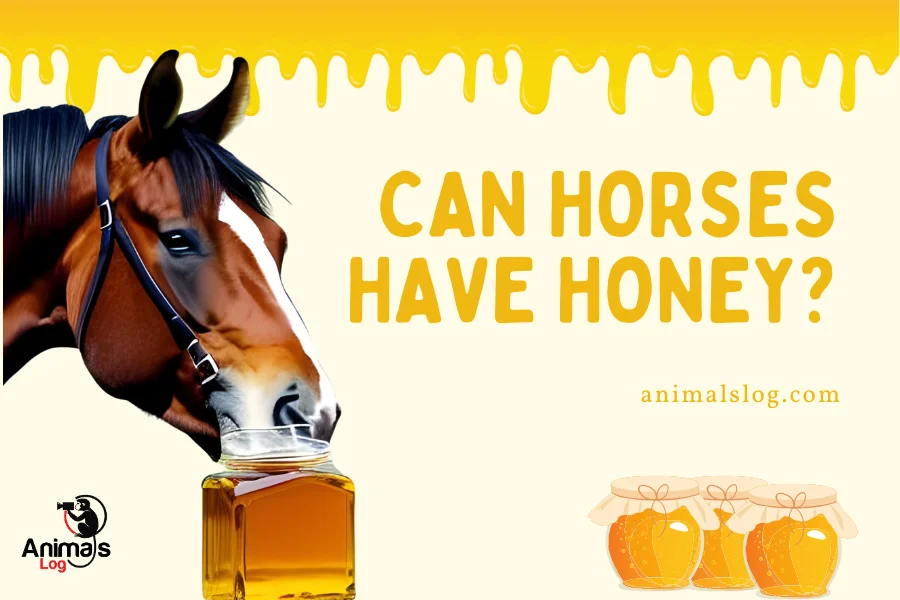Horses have several odd habits, one of which is rolling in the mud, which you may have seen if you have spent time near them. These magnificent creatures, renowned for their delicacy and class, frequently plunge into the soil at will, dousing their bodies with dirt and muck. Horses exhibit this somewhat strange behavior for several reasons, even though it may appear paradoxical. So, why do horses roll in the dirt? Let us find out!
Why Do Horses Roll In The Dirt?

As stated earlier, horses rolling in the dirt are common if you are a horse owner. They range from harmless and joyful aspects to relieving discomfort through rolling in the mud. Below are some of the most common causes why horses roll in the mud.
Horses Rolling To Scratch Itches
The impulse to scratch and relieve itching is one of the main reasons horses roll in the mud. Horses are susceptible to pest bites from insects, flies, ticks, and bugs. These bugs’ saliva can induce allergic responses and excruciating itching in horses. Similar to humans, horses can develop allergies to specific environmental compounds. Bacterial or fungal illnesses can bring on horses’ rashes and itching.
Ringworm, pleasant itch, and rain rot are typical equine infections. Horses may experience itching from dry, flaky skin, especially in cold or dry weather. Inadequate grooming can make this problem worse. A horse’s coat may get infested with external parasites like lice and mites, which may lead to severe itching. These parasites frequently penetrate the skin and deposit eggs, causing itching and pain.
Thermoregulation
Equine thermoregulation, a vital physiological function, enables horses to maintain a constant body temperature under various environmental circumstances. Horses typically have body temperatures between 37.5°C and 38.6°C. Horses depend on a mix of internal and external systems to keep up with this temperature.
So, how do dust baths benefit horses? Rolling about in the dirt or dust has two benefits. Applying a covering of dust to the coat of horses allows them to cool off in summertime because it protects their skin from direct sunlight. Rolling in mud or damp regions in wintertime puts moisture on their bodies, which might help them cool down through evaporation or act as insulation against cold temperatures.
Frequency of horse rolling in different seasons:
- Spring – Horses often roll more frequently in spring. A significant role in their losing their winter coat. In order to get ready for warmer weather, rolling aids horses in shedding loose hair and removing the insulating undercoat.
- Summer – Rolling with a modest frequency. Rolling can assist horses in cooling off in hot weather by accumulating a coating of dust on their coat that acts as protection from direct sunshine.
- Fall – Horses may roll more frequently as they get ready for the winter months. Horses are losing their summer coats to grow thicker winter coats, just like in the spring.
- Winter – In really cold temperatures, rolling is seldom observed. When it’s really cold, horses may be less likely to roll because they are more concerned with maintaining body heat.
Natural Scent
Horses have a distinctive natural aroma that is important to their interpersonal interactions and communication. Horses frequently roll in the mud, which has several benefits for them, including preserving and enhancing their natural aroma. The natural scent of a horse can be momentarily changed by exposure to grooming chemicals.
Horses may regain their natural scent by rolling in the dirt, which masks the synthetic or alien odors that they have picked up through interacting with people. It is how they recover their true personalities and make sure their smell matches who they really are. Horses in the wild were animals of prey who were frequently in danger from predators. Horses rolling to spread natural oils on their coat could conceal their inherent scent, which made it more difficult for predators to find them.
Conditioning & Sunscreen
Horses have delicate skin that may easily burn in the sun, particularly following a bath when the skin’s natural oils are removed. They may protect their skin from the sun’s damaging rays by rolling in the mud, which helps build a protective film of dust on their coat that serves as a natural sunscreen.
Specifically for horses with pale or pink skin, the dust particles give an extra layer of safety and lower the danger of sunburn. By rolling in the dirt, the horse can also apply a small coating of dust, which serves as a natural absorbent. This dust layer supports general skin health and a glossy finish by helping to retain moisture, prevent excessive drying, and replenish the skin’s natural oils.
Social Aspects Of Horse Rolling
Rolling in the mud is a fantastic source of enjoyment and relaxation for horses. They might indulge in a brief period of sheer enjoyment and express their inclinations in this way. Endorphins are released, and a feeling of happiness is created as a result of the friction of the dirt against their skin and the freedom to move. It is their method of relaxing and taking pleasure in a satisfying post-bath routine.
When one horse starts rolling, it frequently tempts adjacent horses to mimic the action. It allows horses to interact, unwind, and groom one another. Foals, who mimic the movements they see and learn from their fellow herd members, can also be seen engaging with such rolling behavior.
How Do You Stop Horse From Rolling In The Dirt?

Although rolling in the mud is a behavior that horses naturally engage in and that offers them several advantages, there may be times when you need to stop your horse from engaging in this behavior. There are various tactics you may use to prevent your horse from rolling in the dirt, whether it is to keep him clean for a competition or to prevent undue dirt buildup.
- To keep their focus and enthusiasm focused on productive tasks, offer regular exercise like lunging, riding, or groundwork.
- You may attract a horse’s focus away from rolling in the dirt by providing interesting toys or snacks.
- The “no rolling” command may be effectively used to stop horses from indulging in this behavior through persistent training and incentive.
- To keep them interested and to discourage rolling, provide environmental stimulation like toys, suspended balls, or access to pasture.
- You may lessen your horse’s desire to roll in the dirt to eliminate contaminants from their coat by routinely brushing and washing your horse.
- Their tendency to roll can be controlled by fencing off places with too much dirt or by giving a specific space for rolling about or playing.
FAQs on Why Do Horse Roll in the Dirt
Is a horse rolling in the dirt a bad sign?
Not necessarily. There might be several reasons why horses roll in the dirt, including their personal pleasure and natural grooming. However, infections and itchiness may also be probable causes for the horse rolling in the dirt.
How many hours do horses sleep?
Around 3 hours per day.
Final Thoughts
Although it may seem strange to ask why do horses roll in the dust, it serves several important functions. Rolling in the mud is a behavior that is firmly embedded in a horse’s persona, serving a variety of functions from itch relief and natural grooming to body temperature regulation and interpersonal communication.







